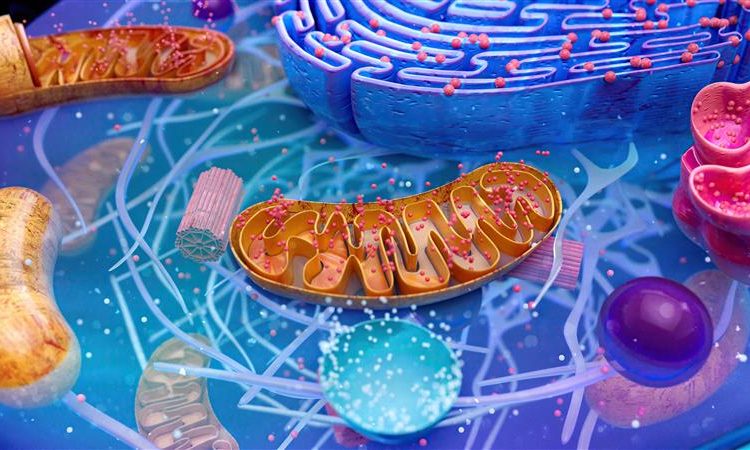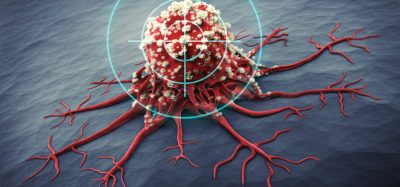Mitochondria: melanoma’s hidden vulnerability
Posted: 14 July 2025 | Drug Target Review | No comments yet
Scientists at Lund University have shown that aggressive melanoma tumours are driven by overactive mitochondrial processes – revealing a potential treatment strategy using drugs already approved for other conditions.


The new study from Lund University in Sweden, published in CANCER, demonstrates that mitochondrial activity plays a key role in driving aggressive melanoma – the most lethal form of skin cancer. The findings point to a promising new therapeutic strategy by targeting mitochondrial energy production using existing antibiotics and other approved drugs.
Rethinking the powerhouse: mitochondria’s role in melanoma
Although mitochondria are widely known as the cell’s “powerhouse,” their role in melanoma development has remained largely neglected. Now, researchers from Lund University, in collaboration with international partners, have identified two mitochondrial processes – protein synthesis and energy production – as crucial to the progression of treatment-resistant melanoma.
Although mitochondria are widely known as the cell’s “powerhouse,” their role in melanoma development has remained largely neglected.
“We identified a mitochondrial signature that is particularly active in the most aggressive melanoma tumours – those in which mitochondria’s own protein synthesis is significantly high, driving tumour growth. This, however, also represents a vulnerability that we can target,” says Jeovanis Gil, researcher in clinical chemistry at Lund University and senior author of the study.
Automation now plays a central role in discovery. From self-driving laboratories to real-time bioprocessing
This report explores how data-driven systems improve reproducibility, speed decisions and make scale achievable across research and development.
Inside the report:
- Advance discovery through miniaturised, high-throughput and animal-free systems
- Integrate AI, robotics and analytics to speed decision-making
- Streamline cell therapy and bioprocess QC for scale and compliance
- And more!
This report unlocks perspectives that show how automation is changing the scale and quality of discovery. The result is faster insight, stronger data and better science – access your free copy today
Mapping mitochondrial signatures in melanoma
The team analysed 151 tissue samples from healthy skin and melanoma tumours, taken from both living patients and deceased donors. The results revealed markedly elevated mitochondrial activity, especially in cases of metastatic melanoma and those with mutations in the BRAF gene – a known driver of skin cancer.
The mitochondrial signature exposed by the researchers could help explain why some tumours resist existing therapies. By identifying tumours with overactive oxidative phosphorylation and mitochondrial protein synthesis, clinicians could soon be able to predict which patients are at higher risk of relapse or poor response to immunotherapy.
Lab-based breakthrough using existing drugs
In preclinical experiments, melanoma cells were exposed to mitochondrial inhibitors and widely used antibiotics, including doxycycline, tigecycline and azithromycin. These drugs, already approved for other medical uses, are known to interfere with bacterial protein synthesis – a process that shares similarities with mitochondrial protein production.
The results demonstrated that melanoma cells were effectively eliminated, while healthy skin cells remained largely unaffected.
The findings point to a promising avenue for combination therapy with drugs already approved and available for other indications
“The results apply to laboratory studies in cells and analyses of patient tumours. The findings point to a promising avenue for combination therapy with drugs already approved and available for other indications. But we have not conducted any clinical trials; those will be needed to see if this will also work in humans. So, this is a first step, but it shows that mitochondria are not only part of the cancer process – they may also be the tumour’s Achilles’ heel,” says Gil.
A potential shortcut to clinical application
Since the antibiotics and mitochondrial inhibitors tested are already in clinical use for other conditions, repurposing them for melanoma could significantly reduce the time needed to move from bench to bedside.
This offers a potential new direction for patients with advanced or drug-resistant melanoma, especially those for whom current immunotherapies are ineffective.
Mitochondrial activity as a biomarker
Beyond therapy, the study’s findings suggest a possible diagnostic role for mitochondrial profiling. The researchers propose that mitochondrial signatures could serve as early biomarkers, helping to stratify patients by risk and tailor interventions accordingly.
“These signatures can be measured in standard biopsy samples, providing a valuable tool for early identification and targeted intervention. We see that the signature is present from the beginning,” says Gil.
Looking forward
While the results are currently limited to preclinical models, the study still highlights a previously underappreciated mechanism in melanoma progression – providing a potential route to new therapeutic combinations that could be tested in future clinical trials.
Related topics
Analysis, Antibiotics, Assays, Biomarkers, Cancer research, Drug Discovery, Drug Discovery Processes, Drug Repurposing, Immunotherapy, In Vitro, Mitochondria, Molecular Targets, Oncology, Therapeutics, Translational Science
Related conditions
Melanoma, Skin cancer
Related organisations
Lund University








